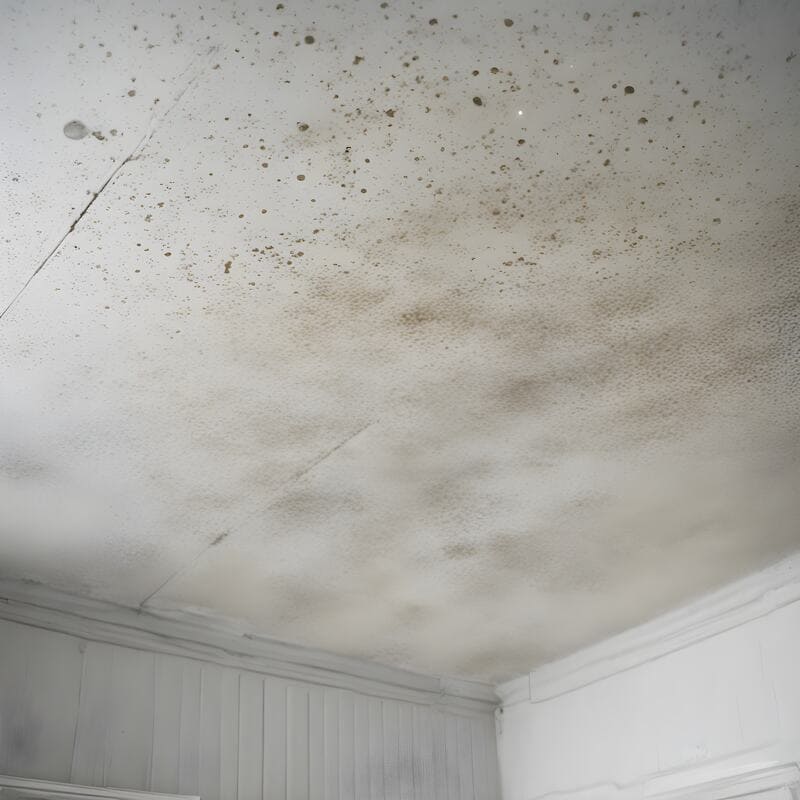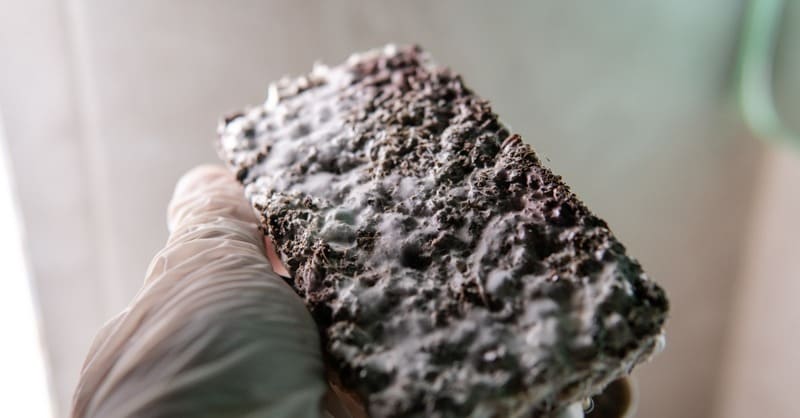Improper classification creates concerning situations including inadequate cleanup when Category 2 or 3 water is treated like clean water, leaving contamination behind that creates health risks and potential mold growth. Hidden moisture in wall cavities, under flooring, and in concealed spaces can fuel microbial growth when assessment fails to identify all affected areas. Inappropriate material decisions waste time and money when restoration teams attempt to dry materials that should be removed, leaving contamination sources in place. Also, removing building materials when they can be dried in place increases restoration costs. Documentation gaps from insufficient recording of water categories and affected areas create liability issues and complicate insurance claims while potentially exposing occupants to harmful contaminants.
Get your Free Ebook
Get expert insights download the E-Book now!
Gain practical tips, proven strategies, and industry knowledge—all packed into one powerful resource.








